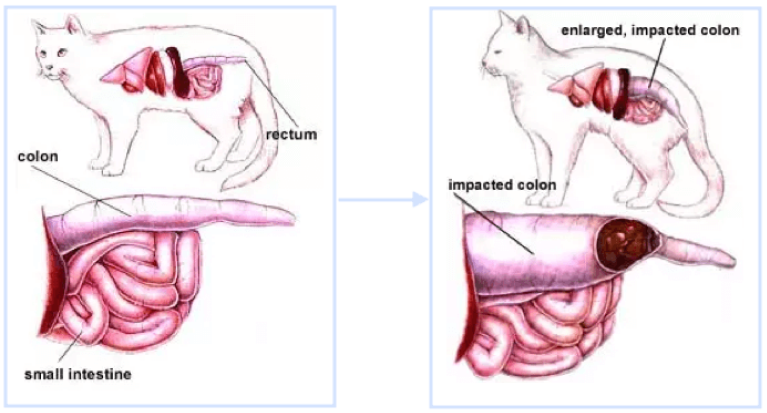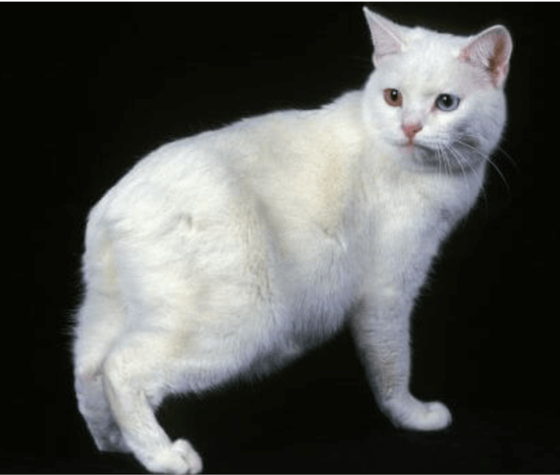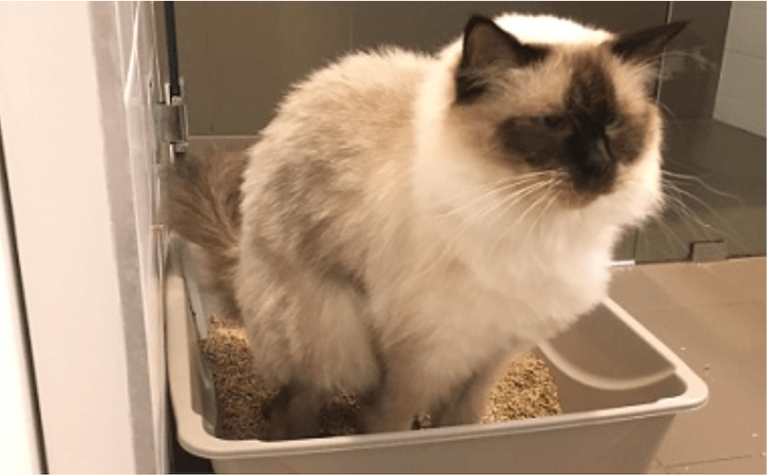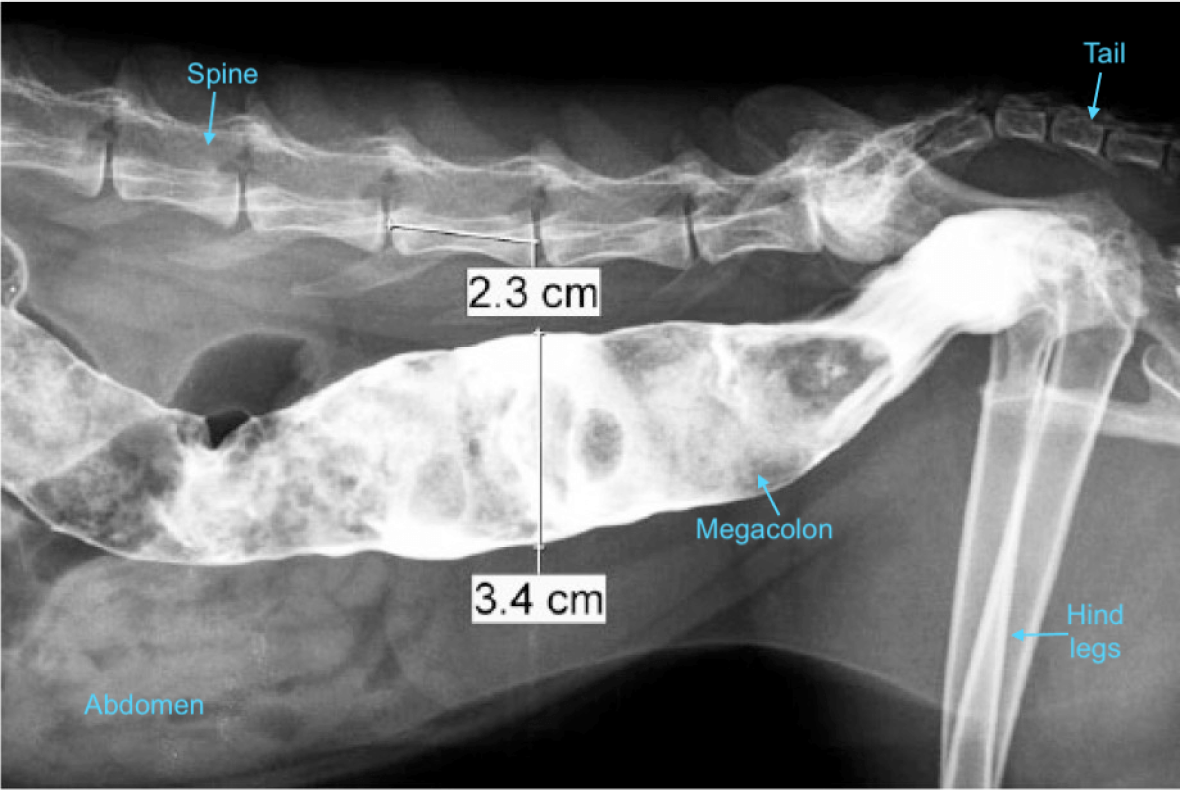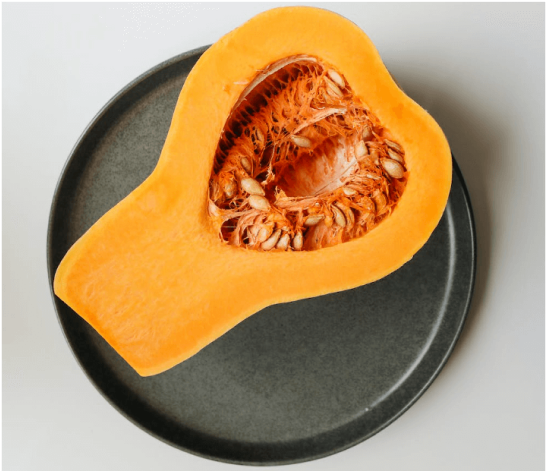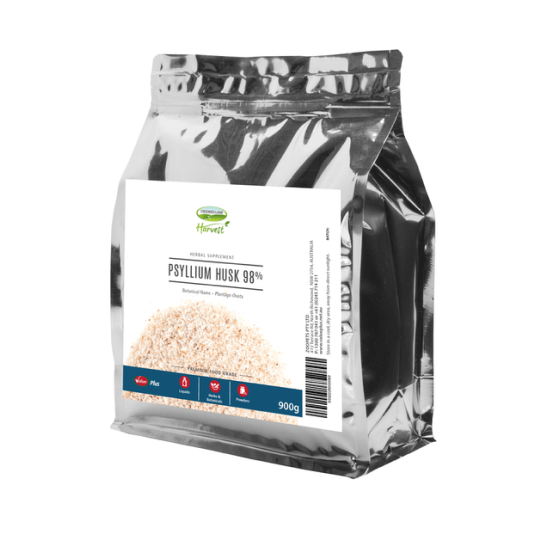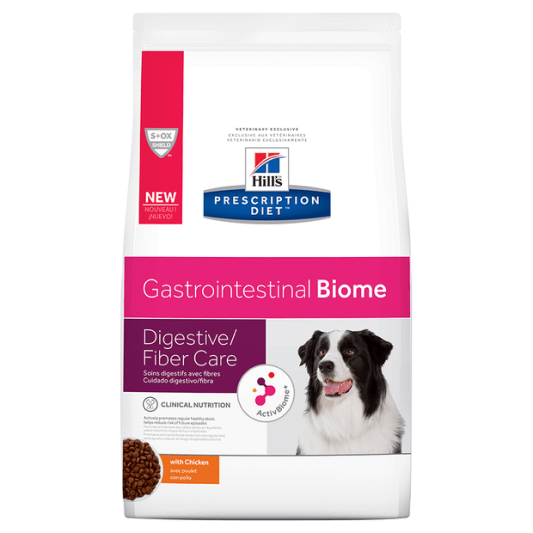If your pet is undergoing medical management of megacolon or is generally very prone to constipation, your vet may recommend either a low-residue diet or a high fibre diet. The two are generally opposites - low residue diets are low in fibre and therefore create smaller stools that are easy to pass, whereas high fibre diets create bulky stools that encourage motility.
Often the ideal diet plan involves feeding a low residue diet until the immediate constipation is alleviated, and then introducing more fibre to prevent a future episode. Ultimately, the ideal diet for your pet will depend on the cause of the constipation and the current situation, so always consult with your vet before administering a new diet.
Low-residue diets
A low residue diet helps reduce faecal bulk and creates smaller stools. Low residue diets should be easy to digest - this means they are high in digestible protein, low in fat, and low in fibre - although not without fibre altogether. Some fibre is needed to feed the 'healthy bacteria' in the colon, which can help prevent megacolon from developing. Most low residue diets contain a specific blend of high quality fibre in low quantities to help maintain this balance. See section below for the top low residue diets for cats and dogs.
High fibre diets
On the other side of the coin, high fibre diets create a bulkier stool. Just as humans take psyllium husk or Metamucil to 'stay regular', a high fibre diet can help keep things moving for pets too. This type of diet was recommended in the past to treat megacolon but is now generally considered counteractive during the immediate phase while gut motility is reduced. Instead, a high fibre diet may be better indicated long term, after the acute constipation episode has passed. See section below for the top high fibre diets for cats and dogs.
Hydration is vital
In addition to the right diet, hydration is absolutely vital for maintaining regular bowel movements. If your pet is dehydrated, water will be drawn from the colon contents in order to preserve hydration. This creates a hard, dry stool and can lead to constipation. There are a number of ways to promote hydration in pets.
